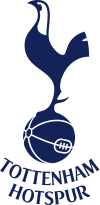30th September 1961 Tommy Docherty took over the manager's job at Chelsea FC from the legendary Ted Drake, who had been part and parcel of the club from the 1930s.
Ted, in his playing career, won two League titles and an FA Cup with Arsenal, being top scorer twice, once with 42 goals in a season, a goal in the 1936 FA Cup win and seven in one game v Aston Villa.
The FA Cup win in 1936 was over second division Sheffield United and it was Arsenal's sixth league or cup victory in seven years from 1930-38 (and an FA Cup Final defeat in 1932).
The 1936 Cup Final involved a dispute between the newsreel companies and Wembley led to a ban on any film cameramen inside the stadium. Aerial photos were taken but not by flying over the pitch. The only film of the final was an "unofficial one"!
The Chelsea badge when Drake took over in 1952 was a "cartoon" character of a Chelsea pensioner; old soldiers who lived at the Royal Hospital, Chelsea. The team was known therefore as the "pensioners" and it was up to Drake to change the image. So he did. He changed the nickname to "The Blues" (inspirational) and the badge included a "Rampant Lion". He also modernised the club and took them to their First Division title in 1954-5.
The Lion came from the arms of Earl Cadogan, Viscount Chelsea, the club's president and landowner.
The Chelsea badge has changed four times in history with the latest being the Lion Rampant (meaning rearing up) Regardant (that is looking over his shoulder).

Other clubs including lions are Millwall, Dundee United, Middlesbrough Aston Villa, Accrington Stanley, Cowdenbeath, Crewe Alexandra, Raith Rovers, Livingston, Queen's Park, Sunderland. Any others?
Geoff Hurst and Bobby Gould brought a Chelsea XI to Charterhouse during their reign (1979-81) and played a nice match against our "School XI" which included masters, boys and Old Carthusians. Note the balls and roses.




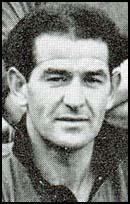
 This is the latest version...spot the dog.
This is the latest version...spot the dog.








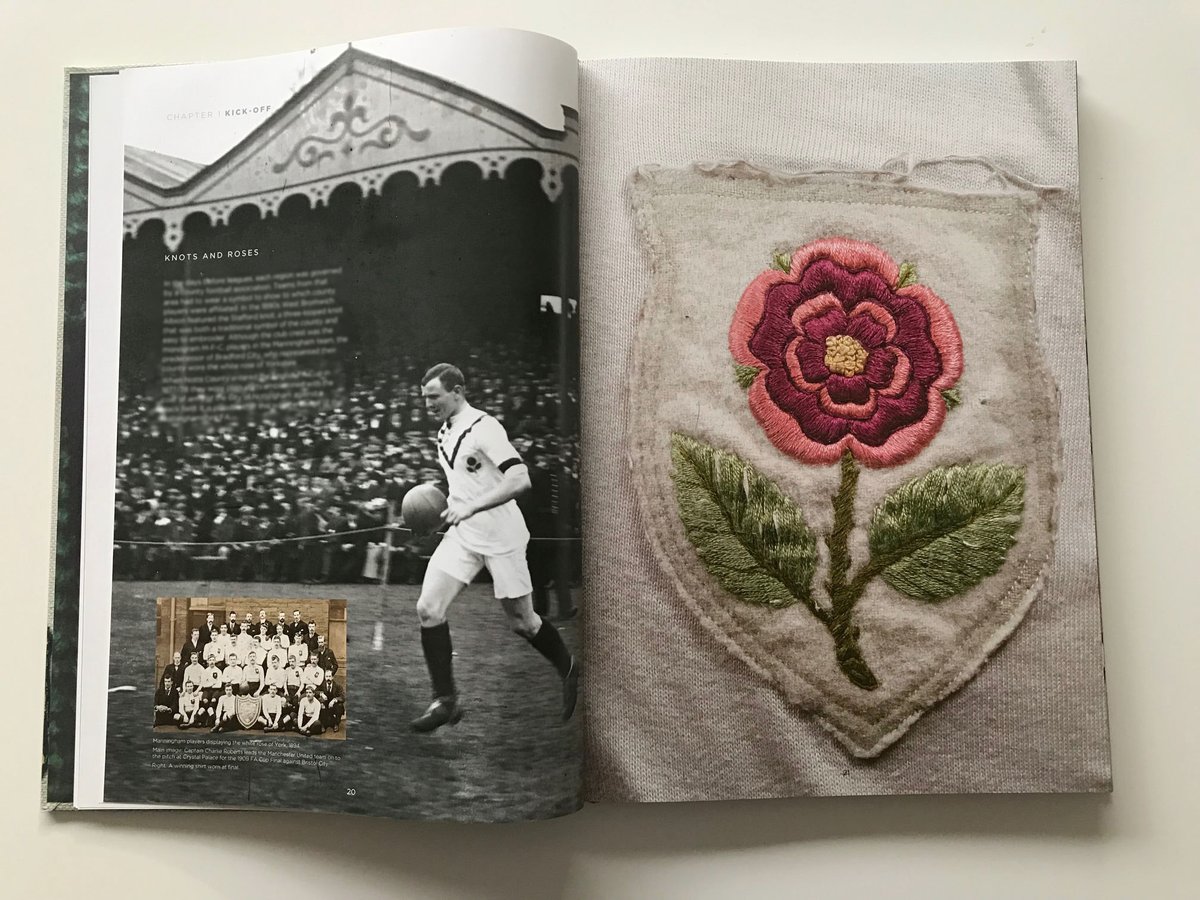 Here is the Manchester United team being led out for the 1909 FA Cup Final and their Lancashire badge. They beat Bristol City 1-0 at the Crystal Palace on April 26th.
Here is the Manchester United team being led out for the 1909 FA Cup Final and their Lancashire badge. They beat Bristol City 1-0 at the Crystal Palace on April 26th.
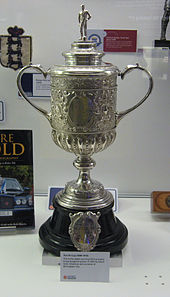
 Motto: We have been and we are!
Motto: We have been and we are!


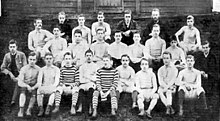 Oldest photo from 1885, The Spurs' Squad.
Oldest photo from 1885, The Spurs' Squad.